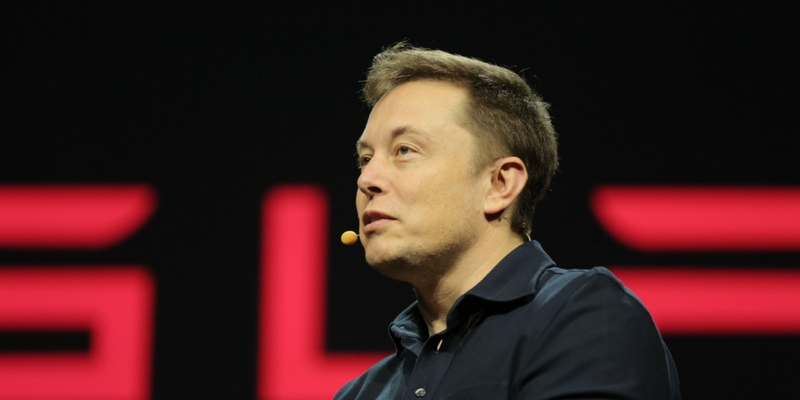Everything you want to know about paleo diet
In this article, we will explore what a paleo diet is, what does the diet include and exclude, the conditions in which a paleo diet may be beneficial, and some of the challenges.
Therapeutic diets have become very popular today. There are so many of them. Every therapeutic diet has an intention, a time that they can be used safely to support that intention, and certain challenges that they can come with. These therapeutic diets can be confusing. Are they beneficial? Are they depleting? The answer lies in nuances.
In this article, we will explore what a paleo diet is, what does the diet include and exclude, the conditions in which a paleo diet may be beneficial, and some of the challenges.
What is a paleo diet?
All therapeutic diets are best when whole foods are utilised, rather than processed versions of foods. A paleo diet is a grain-free diet, which focuses on including some nutrient-dense foods. It is different to an autoimmune paleo diet or an AIP diet.
What does the paleo diet include and exclude?
· Paleo diets encourage the inclusion of grass-fed beef, free range poultry, wild caught fish, organ meat, fruits, vegetables, nuts, seeds, free range eggs, raw honey, wild mushrooms, coconut, avocados, olives, coconut oil, avocado oil, olive oil, grass-fed butter, ghee, grass-fed lard, sea vegetables and fermented foods. While there are plenty of foods added, balance can become skewed if a paleo diet is introduced as a vegetarian version, since most nutrient dense foods in this paradigm are animal based.
· A paleo diet eliminates beans, whole grains, dairy, sugar, and seed oils. In an autoimmune paleo version, apart from the paleo framework, certain foods are eliminated. These include grass-fed eggs, nuts, seeds, and nightshades.
Paleo diet is a therapeutic grain free diet, which is meant to be short term only. The problem with grains and beans is that they are polysaccharides, which can cause gut issues. They might also be high in oxalates, which can affect mitochondria and energy production.
When is a paleo diet beneficial?
It is very important to note that no therapeutic diet is encouraged long-term. They are introduced temporarily, while the body is given other tools for healing. Eliminating certain foods, and including nutrient-dense foods, takes some load off the body. During that time, a skilled practitioner will help to support the body through healing the gut mucosa, balancing the gut microbiome, and improving detoxification.

ALSO READ

· The main conditions where a paleo diet is used is for weight loss, blood sugar regulation, inflammation, autoimmune issues, improved digestion, increased performance, and increased energy. The benefits of the paleo diet are that it is highly anti-inflammatory and gives your body time to heal itself. It is wonderful to stabilise blood sugars in order to bring about stability to adrenal, thyroid, and sex hormones. It is especially nourishing when grass fed meat and bone broth is added.
· We remove offending foods for a short while to remove the burden on the body, give time to reduce inflammation, add nourishing foods, fuel the brain and your cells, support biochemical needs, and work on underlying body functions and tolerance.
· During this phase of 4-8 weeks, support is given to the microbiome in healing and building diversity in gut bacteria, helping to avoid or reverse chronic disease, helps with the prevention of diabetes, help improve cardiovascular health, help the intestine heal from permeability, and help address food allergies.
Concerns of a paleo diet followed long term
Like anything else, we must consider that we are all unique and that any therapeutic diet is not meant to be followed long term. They are targeted diets to support the body while deeper healing is done. When followed for too long, they induce their own deficiencies.
· The paleo diet can become highly acidic, but only if not enough vegetables are consumed and only if quantity of animal protein is very high. If animal protein is balanced with ample vegetables, this does not occur.
· It can induce vitamin B deficiency, but only if no organ meats are consumed such as liver. A paleo diet attempted in combination with a vegetarian diet can be problematic.
· There can be imbalance between proteins and carbohydrates, but only if it is not plant powered. If the plate is rich in colourful plant foods, then it can be a better version.
· It can create zinc deficiency if no nuts and seeds are consumed. While it does not suggest elimination of nuts, it is important to address all these aspects.
· It can create some selenium deficiency if no nuts and seeds are consumed, but managed with supplementation.
· Can be too restrictive mentally, but managed with the mindset that this is only short term.
· There can be an imbalance between omega 3 and omega 6 if there is heavy consumption of nuts and little/no fatty fish. It is key that it is balanced with omega 3 supplementation.
A paleo diet can be restrictive for someone who is vegan or vegetarian. Eliminating beans and legumes and not having an appropriate replacement is dangerous. The reason I mention this is that I have heard people talking about vegetarian paleo diets and I wonder about the dangers. The truth is that an Indian diet or a vegetarian diet does not need to go down the road of a paleo framework. We can achieve many of the desired benefits without attempting this one. Even if you do want to consider a paleo approach, work with a practitioner to avoid the pitfalls and challenges that come from following it too long. The intention is to lighten the body so deeper healing can be done.
Edited by Megha Reddy
(Disclaimer: The views and opinions expressed in this article are those of the author and do not necessarily reflect the views of YourStory.)






